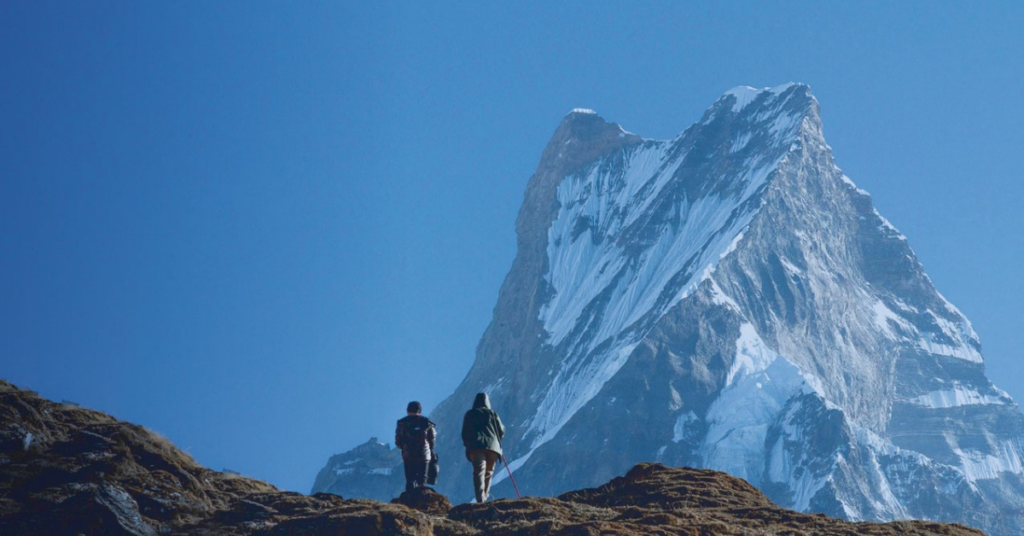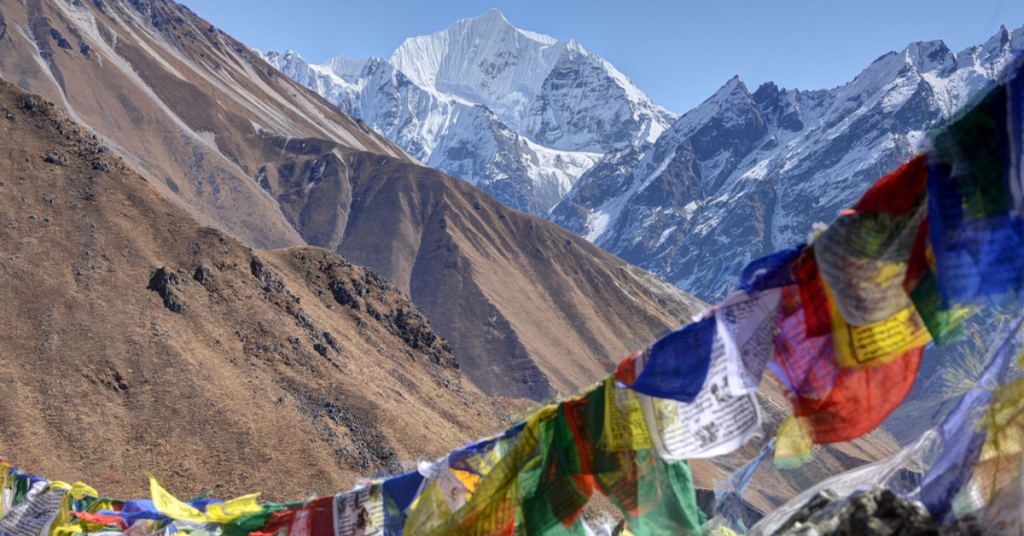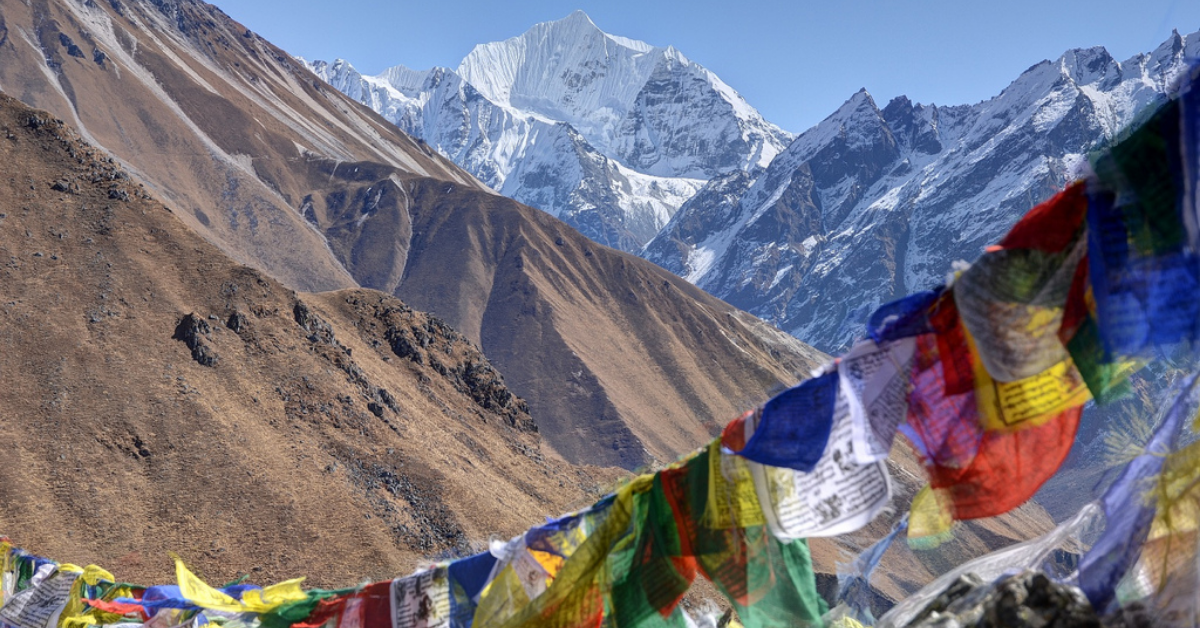
“It’s not the mountains we conquer but ourselves – Sir Edmund Hillary”. Trekking has always been an exciting and energizing experience that fills our life with memories that we cherish for our lifetime. It’s an adventure that helps us to reinvent and discover ourselves. There are numerous summits that have been popular among climbing enthusiasts throughout the world. Two of them are the Hindu Kush and Karakoram ranges.
The Hindukush range is an 800 km mountain range that falls in the west of the mighty Himalayas. It ranges from central Afghanistan to northwestern Pakistan and then further to southeastern Tajikistan. Whereas the Karakoram range ranges between India, Pakistan, and China. With Gilgit Baltistan falling in Pakistan (where the Hindukush and Karakoram ranges meet along with the Himalayas), Aksai chin in China, and Ladakh in India. The Hindu Kush and the Karakoram ranges and The Himalayas and Pamir from the complex mountain ranges of South Asia. The popularity of these ranges is evident from the number of visitors they receive each year.
A Guide For Beginners
The Hindu Kush and Karakoram ranges are some of the most difficult ranges to trek on, but this did not pose a hurdle in gaining popularity among climbers. Even though people recommend it highly to have a perfect itinerary before submitting these ranges. Here below are some of the most important points to keep in mind when marching for these enormous and beautiful ranges.
Know more about the most essential backpacking tips for your next trek: https://indiachalk.com/blog/backpacking-guide-most-essential-things-to-take-on-a-himalayan-trek/

Image Credit- travelthehimalayas
Trekking Routes
There are some very famous and loved routes in the Hindukush range that vary from easy walks. Covering mountain sceneries along high peaks to unexplored treks that consist of rare glaciers and spike peaks.
The Karakoram range on the other hand holds numerous trekking routes in between India, China, and Pakistan. Some famous peaks in these ranges are Tirich Mir, Noshaq, Ishtoro Nal, and K2, the latter being the second-highest mountain peak in the whole world.
Weather
The weather in the Hindukush is moderate as it experiences rainy and snowy summers followed by Dry winters. Whereas the climate of Karakoram ranges is mostly dry with minimal rains.
Geology
The geological composition of the Hindukush range comprises mostly Metamorphic rocks. Whereas, granites, gneisses, crystalized schists, and phyllites dominate the geological composition of Karakoram ranges.

Image credit- julieandshawn
Clothing Required
The terrains of these regions are very different so taking care of our attire is a considerable point. Having warm jackets, and mountaineering shoes are a must. Additional winter gears can be included.
Rest Points And Food Centers
Throughout the journey, the trekking routes of Ladakh(Karakoram range) are well equipped with places like lodges and homestays that make the process easier and hassle-free. In the base camp journey to K2, the village of Askole is the starting point and also one of the most crowded resting points on the route. Rather than that many campsites are also available to settle a tent of your own. Food availability is good and throughout the route, many small food joints are available too.
Training for beginners
Prior training for trekking can be taken from institutions in both India and Pakistan. Institutions in India consist of some very prestigious places like the Himalayan Mountaineering Institute, Nehru Institute Of Mountaineering, and Atal Bihari Vajpayee Institute Of Mountaineering and Allied Sports. Famous institutes offering prior training for these regions in Pakistan are Balti Yul Mountaineering school in Khaplu, Climbing School K2 treks and tours, and Pakistan Alpine Institute.
Also, Companies like Apricot Tours conduct whole trekking expeditions with expert instructors who provide a hassle-free experience.

Image Credit- awe365
Trekking is a wonderful experience that fills our lives with enriching values and memories, as we move forward in our summit journey we reinvent ourselves and conquer our inner self.
Finally, to sum it up in the words of Mary Davis “To walk in nature is to witness a thousand miracles”. With these golden words, we bid adieu and wish you happy trekking!
Can’t wait for your next trek? Check Out: https://indiachalk.com/blog/think-you-are-a-pro-trekker-try-scaling-these-7-most-difficult-treks-in-india/






1 Comment